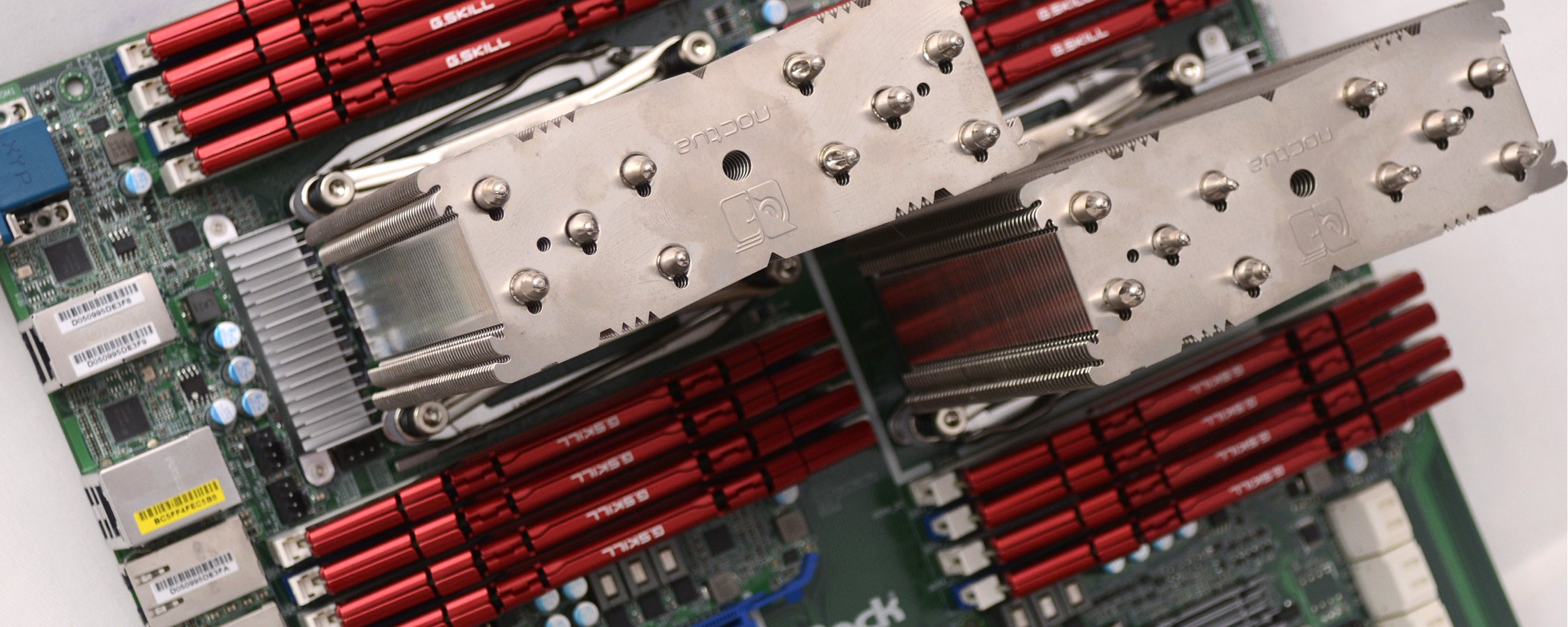This Is What You Came For
When we reviewed the Core i7-6950X, we noted that its performance was hugely impressive yet ultimately pointless due to a few factors. The biggest of them was of course cost. As we noted then, for the same money you can pick up a 14-core Xeon E5-2680 v4.
Granted, the Xeon E5-2680 v4 is locked at 2.4GHz and can't boost beyond 3.3GHz, while the 6950X can be overclocked to around 4.2GHz with relative ease. However, if what you want is a core-heavy processor to run core-heavy applications, having 40% more cores beats a 30% boost in clock speed.
The Core i7-6950X is not a gaming processor and buying it for such a purpose is a sure sign that you have more money than you know what to do with. The Core i7-6700K (Skylake) is arguably a more capable gaming processor and at 5 times less money it makes a heck of a lot more sense.
So having established that the 6950X is a CPU for running professional software that can take advantage of a large core count. Typically speaking, programs that can take advantage of 10 cores will likely be able to utilize 20 of them, and this is why the Xeon E5-2630 v4 processors are so attractive here.
Regardless of clock speed, there's no way the 10-core/20-thread Core-i7 6950X can compete with the 20-core/40-thread Xeon E5-2630 v4 duo.
Then there is the price. Assuming you head to a store such as Newegg and purchase retail versions of the E5-2630 v4, you'll still only end up spending $1,400 on the processors. If you were to choose this option over the 6950X, you'd be left with $250 in your pocket and that money could then be put towards a true server/workstation grade motherboard which offers essential features such as 10Gb network.
The situation gets even more skewed if you consider those ES processors we mentioned earlier – the ones with the 'SR2R7' stepping that many of you guys have been asking us to test.
At around $200 each we get why many of you are tempted to pick these up and having tested them first hand it is difficult to deny their value. Again, we normally suggest avoiding ES processors, but we ran into no problems with this stepping. Compatibility was fine and they boosted to the advertised 3.3GHz frequency when the workload allowed for it.
You save a good $1,000 on the CPUs by going for the ES models on eBay, which could be put toward components including a dual-socket LGA2011-3 motherboard (models start for as little as $300).
The guts of this 20-core rig could be bought for as little as $1,000 which includes two Xeon E5-2630 v4 processors, a dual socket LGA2011-3 motherboard and 64GB of G.Skill DDR4 memory. Not a bad deal and, well, the performance speaks for itself.
Finally, a big thank you to Asrock Rack for providing the server-grade EP2C612D16-2L2T motherboard and to G.Skill for 16 sticks of Ripjaws V DDR4-2133 memory.


